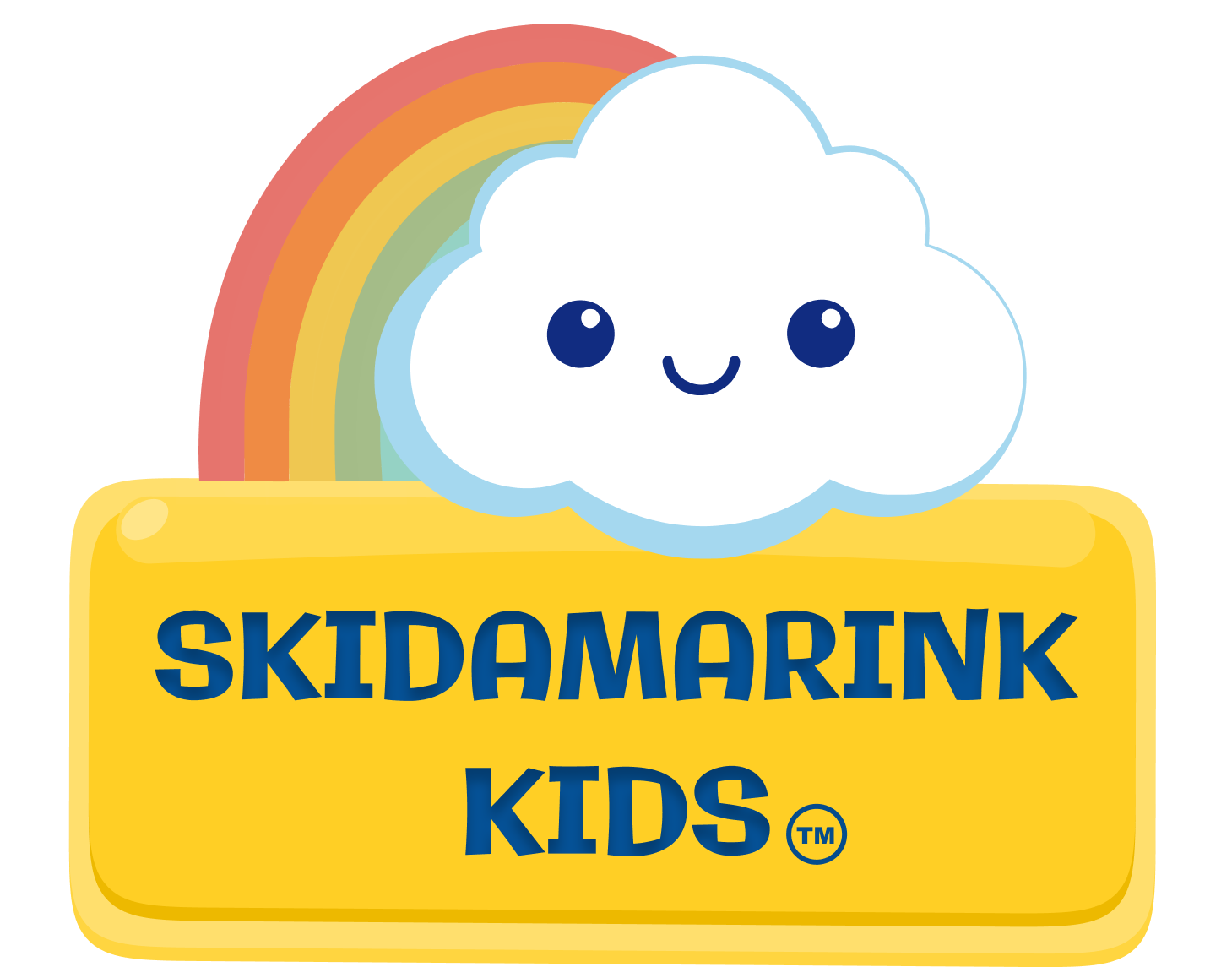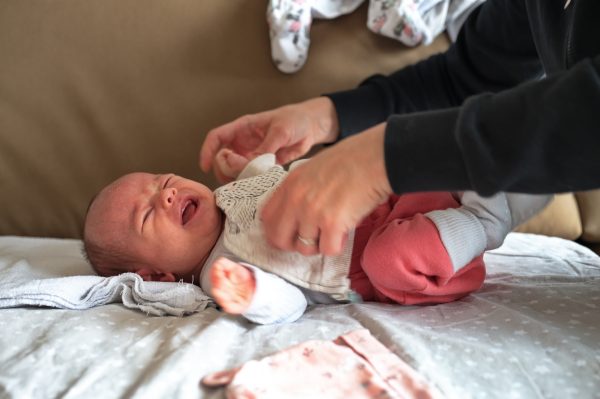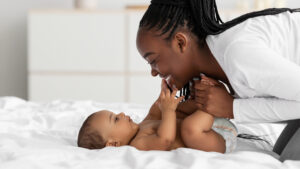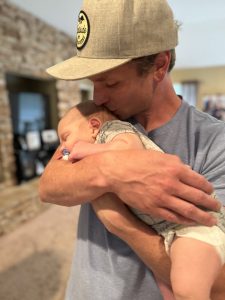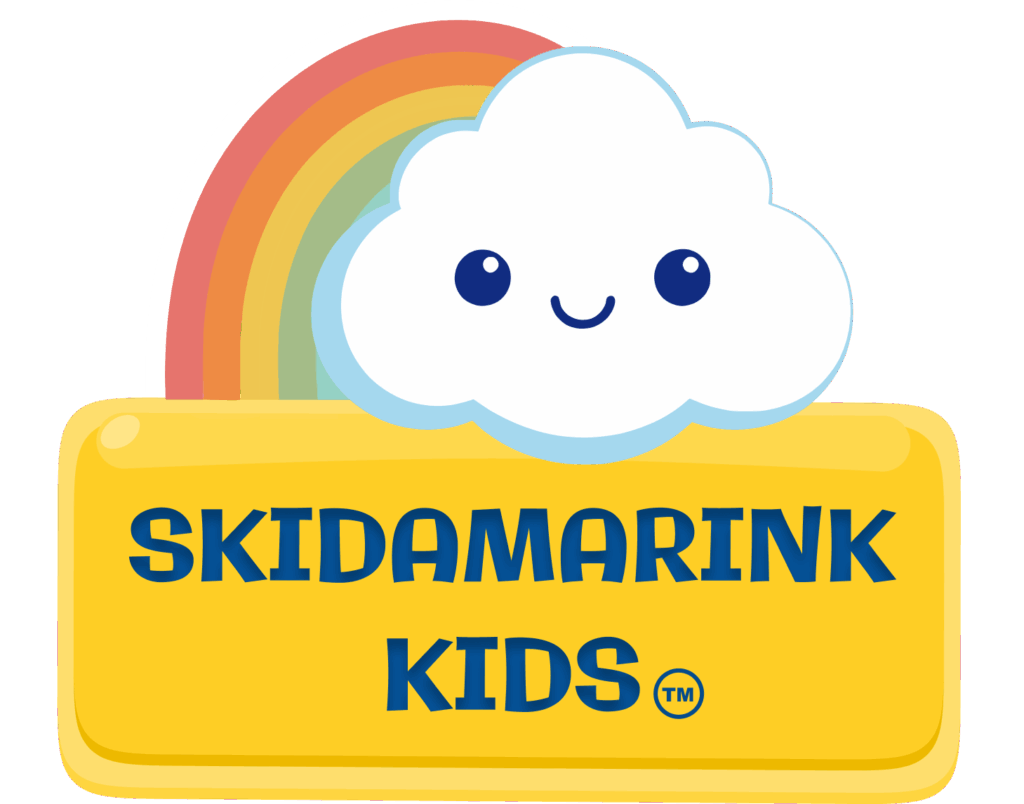Decode Your Baby's Secret Language for Stronger Connection
Did you know your baby talks to you from day one? Your infant has their own way of communicating from the very beginning. They share their needs and feelings through expressions and sounds. Learning how to read baby cues helps you understand the answer to “what is my baby telling me?” This builds a strong bond with your little one and supports their emotional growth too.
Understanding baby signals isn’t just helpful, it’s essential for bonding. When you respond to their signals correctly, your baby feels heard and learns to trust you. This builds confidence in both of you. These early conversations through expressions create the foundation for all future communication.
Figuring out these signals takes practice, but every parent can learn this skill. Let me show you what your baby is telling you at each stage.
The Magic of First Smiles
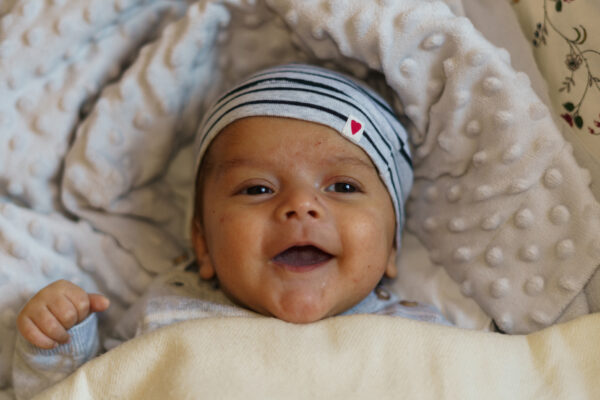
Those early weeks feel intense with middle-of-the-night feedings and countless diaper changes. Then one day, your baby looks up and breaks into a genuine smile, and suddenly everything feels worth it.
Newborns may smile in their sleep reflexively, but that first social smile typically appears between 6 to 8 weeks. When your baby grins at your voice or face, smile back! This simple exchange is your baby’s first conversation and helps them learn about positive social interaction. These early expressions matter so much for learning how to read baby cues.
That first smile is what is my baby telling me about feeling safe and happy. It’s their way of saying “I love being with you!” When you respond with your own smile and gentle words, you’re starting a beautiful pattern of understanding baby signals.
Recognizing Signs of Discomfort or Overstimulation
Learning how to read baby cues includes spotting when your little one feels overwhelmed. Your baby may furrow their brow when overstimulated, turn their head away, or make jerky movements. During a family gathering, you might notice your baby looking away and becoming fussy.
This is their way of saying “I need a break!” Understanding these signals helps you know what your baby is telling you. Move to a quieter space and hold them close. This shows you understand and respect their needs, which is exactly what good responsive parenting is all about.
Some babies show overstimulation by becoming very still and quiet, while others get more active and fussier. Learning your baby’s unique style of communicating overwhelm is key to success.
How to Read Baby Cues: The "I'm Getting Hungry" Face
Many babies show specific hunger signals before crying, and learning how to read baby cues starts with recognizing these early signs. They might root, which means turning their head and opening their mouth. Babies bring their hands to their face and some make small, low-pitched sounds.
Learning to spot these early signs helps you respond before distress hits. Your baby might start by gently smacking their lips and gradually become more insistent if their need isn’t met. Understanding what my baby wants through these expressions prevents meltdowns and makes feeding time much smoother.
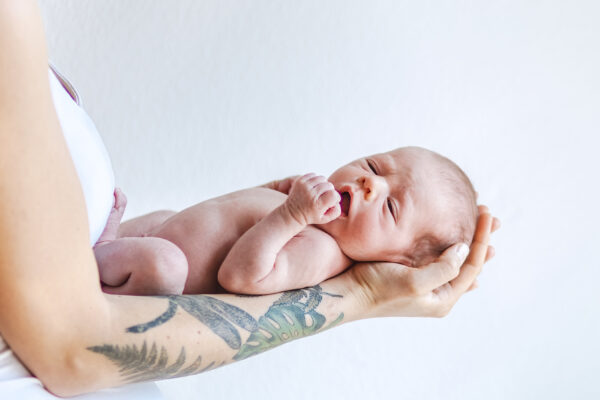
Recognizing hunger patterns gets easier when you know your baby’s rhythms. Some babies go from calm to hungry very quickly, while others give you lots of gentle warning signs first. Check out my blog Baby Hunger Cues: How to Know When Baby Is Hungry or Full specific feeding signals.
Expressions of Joy and Interest
Watch for your baby’s delight during play. Their eyes might widen, their mouth might open in an “O” shape, and their whole face lights up with joy. These are some of the most rewarding signals to recognize because they show what is my baby telling me about their happiness.
When your baby shows interest in something, support their curiosity. Maybe they track a colorful toy or study your face intently. If they’re captivated by the family dog, you might say “Yes, that’s our dog Max! He’s so fluffy, isn’t he?” Understanding baby signals for interest helps support their learning and development.
These joyful expressions are baby body language meaning they’re feeling engaged and excited about their world. Responding to these cues encourages more exploration and learning.
The Tired Tell-Tales
A tired baby often shows specific signs, and knowing how to read baby cues for sleepiness can save you from overtired meltdowns. They rub their eyes, become less focused, and some make jerky movements that look different from their alert, happy movements.
Your baby might start by showing mild tiredness through looking away more frequently. This progresses to more obvious signs like fussiness and difficulty focusing. Learning your baby’s unique tired expressions helps establish healthy sleep routines, and these signals change throughout the day.
Understanding these patterns helps you know what my baby wants when it comes to rest and comfort. Some babies get very quiet when tired, while others become more active before finally settling down.
Understanding Distress Signals
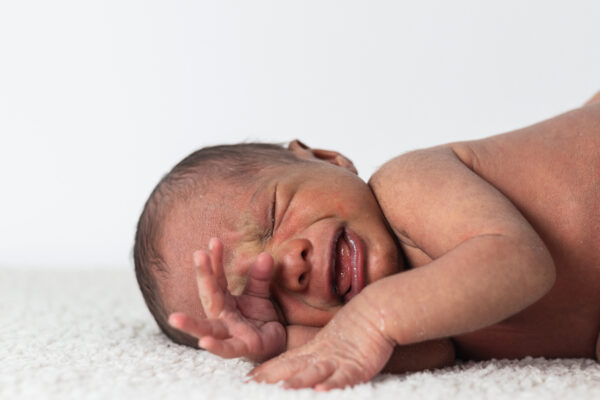
When upset, babies scrunch up their face and turn red. Baby cries with different intensities, and learning how to read baby cues includes understanding these different cry types. Each baby’s cry is unique, and you’ll soon learn to distinguish between “I’m hungry,” “I’m uncomfortable,” and “I need cuddles.”
Don’t worry if it takes time to decode these signals. Your responsiveness helps, even when you’re not sure what my baby wants. This helps your baby feel secure, and recognizing these patterns gets easier with practice. Your baby will appreciate your efforts to understand.
Some distress signals are subtle before they become cries. Your baby might show tension in their body, make faces, or have changes in their breathing before escalating to crying.
Trust Your Growing Skills in Understanding Baby Signals
As you spend time with your baby, you become fluent in understanding what is my baby telling me through their expressions. Some babies give subtle signals, while others are more dramatic. There’s no one-size-fits-all guide to how to read baby cues, because every baby is unique.
What matters is staying tuned to your little one and responding with consistency and love. Learning how to read baby cues becomes second nature over time, and you’ll be amazed at how well you learn to understand what your baby is telling you.
The more you practice understanding baby signals, the more confident you’ll become in your parenting instincts. Trust yourself as you learn this beautiful language of expressions and baby body language meaning.
The Beautiful Impact of Understanding
Responding to your baby’s expressions isn’t about perfection. It’s about showing them their feelings matter and that you’re there to support them as they learn about their world. Each responsive interaction builds their sense of security and lays the foundation for healthy emotional development.
Your baby’s expressions are their first language and a beautiful way of sharing their inner world with you. By paying attention and responding with warmth, you meet their immediate needs while teaching them that their feelings are valid and they can count on you to understand and care.
Learning how to read baby cues and understanding “what is my baby telling me?” gets easier every day. Trust yourself and trust your growing bond with your little one. Every moment you spend learning their unique way of communicating strengthens your connection and builds their confidence in the world.
The journey of figuring out how to read baby cues is one of the most rewarding aspects of early parenthood. Each signal you learn to recognize, each response you give, and each moment of understanding builds something beautiful between you and your baby that will last a lifetime.
Want to learn more about early communication?
Check out our guide on How to Understand Newborn Cues: Early Communication Guide discover how communication develops from birth and explore more ways to connect with your little one. Also check out our blog Baby Positioning for Bonding: Face-to-Face Guide to discover the best baby positioning for bonding at each stage. Expert face-to-face guide for stronger parent-child connection from birth to 12 months.
– Ali
Note to Parents
This blog is for informational purposes and not medical advice. My desire is to help you do what you can to support your child’s development in a natural way. Please reach out to your child’s pediatrician if you have developmental concerns.
